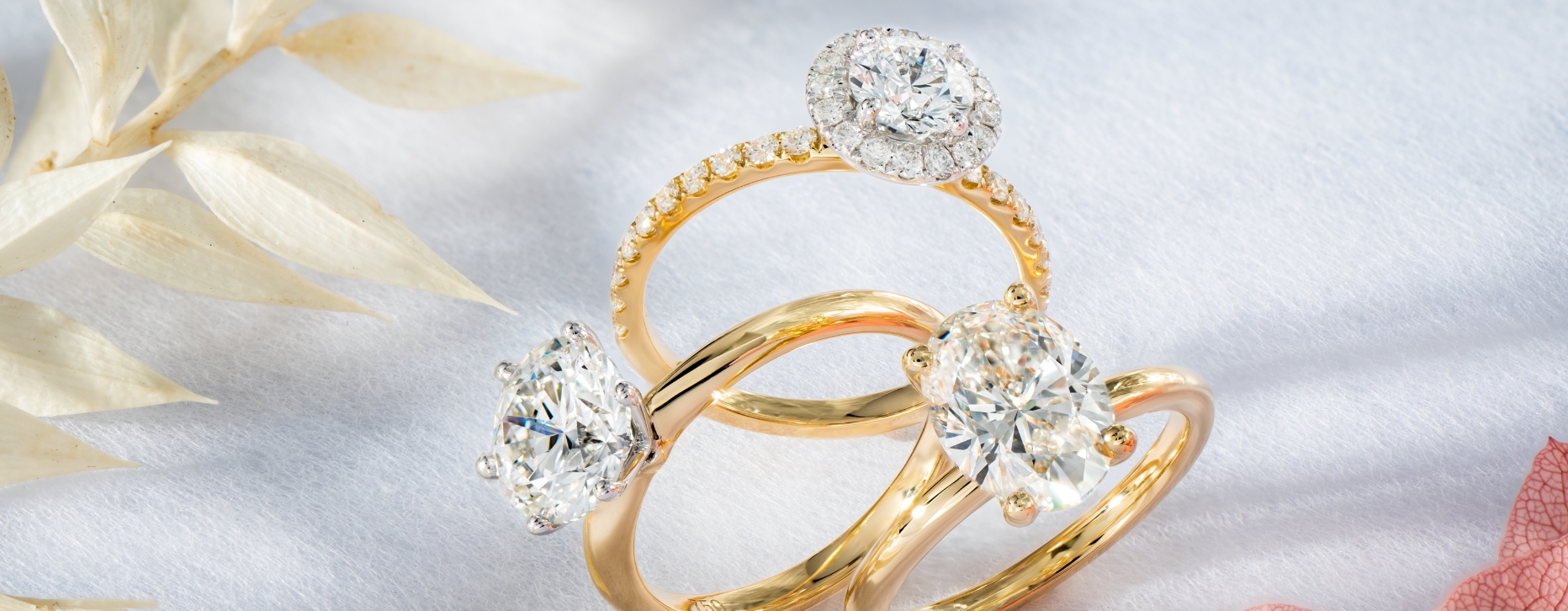In a world where sustainability and ethical sourcing are becoming increasingly important, lab-grown diamond rings have emerged as a popular choice for the socially-conscious consumer. But what about the setting that holds these brilliant stones in place? Enter lab-grown diamond rings with claws. In this article, we’ll explore the intricacies of these modern marvels, from their design to their environmental impact.
1. Understanding Lab-Grown Diamonds
- What are lab-grown diamonds?
- How are they created?
- Advantages over traditional diamonds
Lab-grown diamonds are exactly what they sound like—diamonds that are grown in a laboratory setting rather than mined from the earth. Using advanced technology, scientists replicate the natural diamond-growing process, resulting in stones that are chemically, physically, and optically identical to mined diamonds. Not only does this process minimize the environmental impact, but it also ensures ethical sourcing, free from the conflicts often associated with diamond mining.
2. Exploring the Concept of Claw Settings
- What are claw settings?
- History and evolution
- Benefits of claw settings
Claw settings, also known as prong settings, are a popular choice for securing gemstones in jewelry. Consisting of small metal claws that grip the diamond, this setting allows maximum light exposure to enhance the stone’s brilliance. While traditionally associated with mined diamonds, claw settings are now being adapted to accommodate lab-grown diamonds, offering a contemporary twist on a classic design.
3. The Advantages of Lab-Grown Diamond Rings with Claws
- Aesthetics and versatility
- Durability and security
- Customization options
Lab-grown diamond rings with claws offer a myriad of advantages for today’s discerning consumer. From a visual standpoint, the delicate claws allow the diamond to take center stage, emphasizing its beauty and brilliance. Additionally, the secure grip provided by the claws ensures that the stone remains firmly in place man made diamonds, reducing the risk of loss or damage. Furthermore, the versatility of claw settings allows for customization, enabling individuals to create unique and personalized pieces that reflect their style and personality.
4. Addressing Common Concerns
- Quality and authenticity
- Environmental impact
- Cost comparison
Despite the growing popularity of lab-grown diamond rings with claws, some consumers may still have reservations. Addressing concerns about quality and authenticity, it’s important to note that lab-grown diamonds undergo the same rigorous testing and certification processes as mined diamonds, ensuring their authenticity and value. In terms of environmental impact, lab-grown diamonds have a significantly lower carbon footprint compared to their mined counterparts, making them a more sustainable choice. And while the initial cost of lab-grown diamond rings may be comparable to mined diamond rings, the long-term benefits, both environmental and ethical, make them a compelling option for conscientious consumers.
5. The Future of Jewelry Design
- Trends in sustainable jewelry
- Innovations in diamond cultivation
- Consumer preferences and values
As society continues to prioritize sustainability and ethical consumption, the demand for lab-grown diamond rings with claws is expected to rise. With advancements in technology driving innovation in jewelry design, we can anticipate even more creative and eco-friendly options entering the market. Ultimately, the future of jewelry lies in the hands of consumers who value authenticity, sustainability, and style.
Conclusion: Redefining Elegance
In conclusion, lab grown diamond rings claws offer a modern interpretation of timeless elegance. Combining the beauty of lab-grown diamonds with the versatility of claw settings, these pieces represent the future of sustainable luxury. As consumers become increasingly aware of the impact of their purchasing decisions, choosing ethical and environmentally-friendly options like lab-grown diamond rings with claws becomes not only a statement of style but also a reflection of values. So why settle for anything less than brilliance with a conscience?

